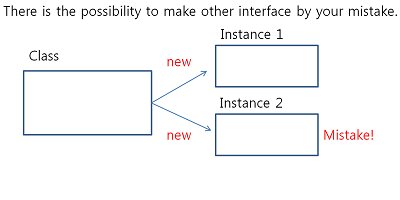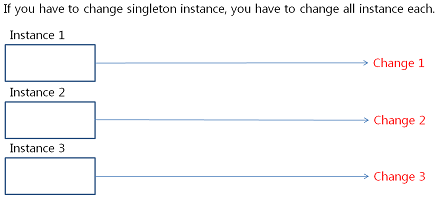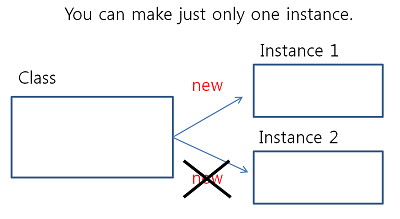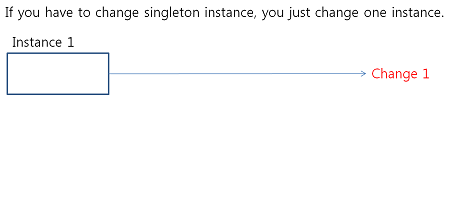DesignPattern
What is Design Pattern?
Design patterns represent the best practices used by experienced object-oriented software developers. Design patterns are solutions to general problems that software developers faced during software development. These solutions were obtained by trial and error by numerous software developers over quite a substantial period of time.
Reference - https://www.tutorialspoint.com/design_pattern/design_pattern_overview.htm ###What is best practices?
A best practice is a technique or methodology that, through experience and research, has proven to reliably lead to a desired result.
Reference - http://searchsoftwarequality.techtarget.com/definition/best-practice
Design Pattern Principle
- Divide the part that needs to change and the part that needs not to change.
- Do programming focus on supertype rather than implement. (For Polymorphism)
- Use composition than extend.
1. Strategy Pattern
1) What is Strategy Pattern? (Keyword: Selection)
The strategy pattern (also known as the policy pattern) is a behavioural software design pattern that enables an algorithm's behavior to be selected at runtime.
2. Adapter Pattern
1) What is Adapter Pattern? (Keyword: Existing class, Reuse)
The adapter pattern is a software design pattern (also known as Wrapper, an alternative naming shared with the Decorator pattern) that allows the interface of an existing class to be used as another interface. It is often used to make existing classes work with others without modifying their source code.
2) Background
To satify the requirement, we have to modify requirement or already exist function code.
3) Benefit
3. Template Pattern
1) What is Template Pattern? (Keyword: Skeleton, Redefine certain steps)
The template method pattern is a behavioral design pattern that defines the program skeleton of an algorithm in an operation, deferring some steps to subclasses. It lets one redefine certain steps of an algorithm without changing the algorithm's structure.
2) Background
3) Benefit
4. Decorator Pattern
1) What is Decorator Pattern? (Keyword: Addition)
The decorator pattern (also known as Wrapper, an alternative naming shared with the Adapter pattern) is a design pattern that allows behavior to be added to an individual object, either statically or dynamically, without affecting the behavior of other objects from the same class. The decorator pattern is often useful for adhering to the Single Responsibility Principle, as it allows functionality to be divided between classes with unique areas of concern
5. Composite Pattern
1) What is Composite Pattern? (Keyword: Same way)
The composite pattern is a partitioning design pattern. The composite pattern describes that a group of objects is to be treated in the same way as a single instance of an object. The intent of a composite is to "compose" objects into tree structures to represent part-whole hierarchies. Implementing the composite pattern lets clients treat individual objects and compositions uniformly
6. Singleton Pattern
1) What is Singleton Pattern? (Keyword: restriction, only one)
The singleton pattern is a software design pattern that restricts the instantiation of a class to one object. This is useful when exactly one object is needed to coordinate actions across the system. The concept is sometimes generalized to systems that operate more efficiently when only one object exists, or that restrict the instantiation to a certain number of objects. The term comes from the mathematical concept of a singleton.
2) Background
3) Benefit
4) Example
Singleton Pattern 1 Singleton Pattern 2
7. Facade Pattern
1) What is Fasade Pattern? (Keyword: simple interface)
The Facade design pattern is often used when a system is very complex or difficult to understand because the system has a large number of interdependent classes or its source code is unavailable. This pattern hides the complexities of the larger system and provides a simpler interface to the client.
8. Observer Pattern
1) What is Observer Pattern? (Keyword: Event Handling)
The observer pattern is a software design pattern in which an object, called the subject, maintains a list of its dependents, called observers, and notifies them automatically of any state changes, usually by calling one of their methods. It is mainly used to implement distributed event handling systems. The Observer pattern is also a key part in the familiar model–view–controller (MVC) architectural pattern.







